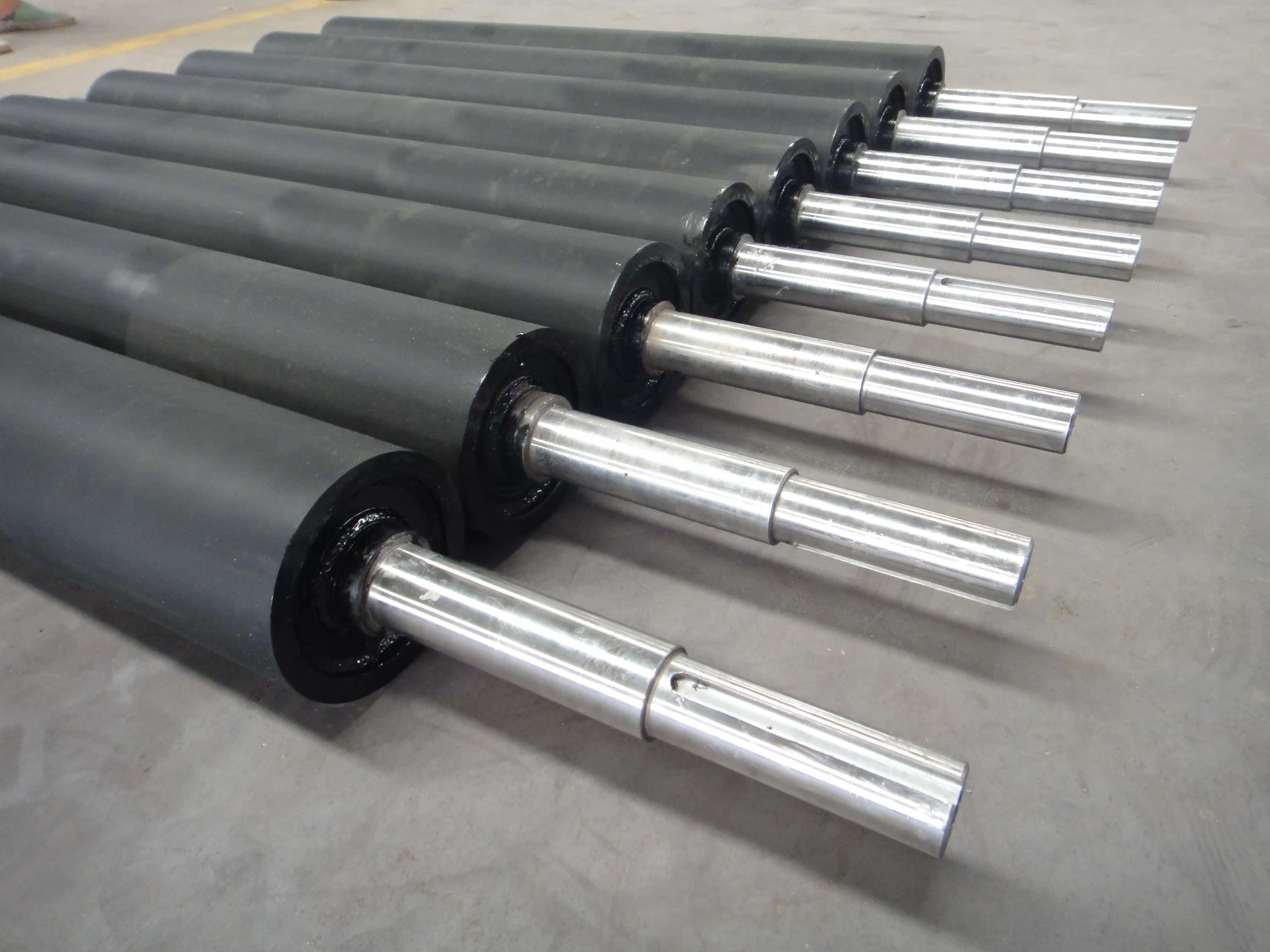 Afrikaans
Afrikaans  Albanian
Albanian  Amharic
Amharic  Arabic
Arabic  Armenian
Armenian  Azerbaijani
Azerbaijani  Basque
Basque  Belarusian
Belarusian  Bengali
Bengali  Bosnian
Bosnian  Bulgarian
Bulgarian  Catalan
Catalan  Cebuano
Cebuano  Corsican
Corsican  Croatian
Croatian  Czech
Czech  Danish
Danish  Dutch
Dutch  English
English  Esperanto
Esperanto  Estonian
Estonian  Finnish
Finnish  French
French  Frisian
Frisian  Galician
Galician  Georgian
Georgian  German
German  Greek
Greek  Gujarati
Gujarati  Haitian Creole
Haitian Creole  hausa
hausa  hawaiian
hawaiian  Hebrew
Hebrew  Hindi
Hindi  Miao
Miao  Hungarian
Hungarian  Icelandic
Icelandic  igbo
igbo  Indonesian
Indonesian  irish
irish  Italian
Italian  Japanese
Japanese  Javanese
Javanese  Kannada
Kannada  kazakh
kazakh  Khmer
Khmer  Rwandese
Rwandese  Korean
Korean  Kurdish
Kurdish  Kyrgyz
Kyrgyz  Lao
Lao  Latin
Latin  Latvian
Latvian  Lithuanian
Lithuanian  Luxembourgish
Luxembourgish  Macedonian
Macedonian  Malgashi
Malgashi  Malay
Malay  Malayalam
Malayalam  Maltese
Maltese  Maori
Maori  Marathi
Marathi  Mongolian
Mongolian  Myanmar
Myanmar  Nepali
Nepali  Norwegian
Norwegian  Norwegian
Norwegian  Occitan
Occitan  Pashto
Pashto  Persian
Persian  Polish
Polish  Portuguese
Portuguese  Punjabi
Punjabi  Romanian
Romanian  Russian
Russian  Samoan
Samoan  Scottish Gaelic
Scottish Gaelic  Serbian
Serbian  Sesotho
Sesotho  Shona
Shona  Sindhi
Sindhi  Sinhala
Sinhala  Slovak
Slovak  Slovenian
Slovenian  Somali
Somali  Spanish
Spanish  Sundanese
Sundanese  Swahili
Swahili  Swedish
Swedish  Tagalog
Tagalog  Tajik
Tajik  Tamil
Tamil  Tatar
Tatar  Telugu
Telugu  Thai
Thai  Turkish
Turkish  Turkmen
Turkmen  Ukrainian
Ukrainian  Urdu
Urdu  Uighur
Uighur  Uzbek
Uzbek  Vietnamese
Vietnamese  Welsh
Welsh  Bantu
Bantu  Yiddish
Yiddish  Yoruba
Yoruba  Zulu
Zulu Various Types and Functions of Conveyor Pulleys in Material Handling Systems
Understanding the Different Types of Conveyor Pulleys
Conveyor systems are an integral part of many industrial operations, playing a crucial role in the movement of materials from one place to another. At the heart of these systems lies the conveyor pulley, a vital component that ensures the smooth functioning of the conveyor belt. Pulleys not only help in the movement of materials but also contribute to the overall efficiency and safety of the conveyor system. In this article, we will explore the different types of conveyor pulleys, their functions, and their significance in industrial settings.
1. Drive Pulleys
Drive pulleys, also known as head pulleys, are crucial for the functioning of conveyor systems. Positioned at the discharge end of the conveyor, these pulleys are driven by a motor and provide the necessary power to move the conveyor belt. The surface of a drive pulley is typically covered with rubber or other materials to enhance friction and ensure a firm grip on the belt. Drive pulleys can be found in various sizes and can be configured based on the specific requirements of the conveyor system.
2. Tail Pulleys
Located at the loading end of the conveyor, tail pulleys are essential for guiding the belt and preventing its sagging. Tail pulleys do not have a driving role like head pulleys. Instead, they serve as support structures for the return side of the belt, ensuring it stays in alignment. Tail pulleys often come with guide rollers to help maintain the belt’s position and prevent it from veering off course.
3. Bend Pulleys
Bend pulleys are utilized to change the direction of the conveyor belt, typically at a 90-degree angle. They are often found in conveyors that require changes in path or configuration, such as in transfer stations or in multi-level systems. The use of bend pulleys helps in maximizing space efficiency as they allow conveyors to adapt to various layouts.
types of conveyor pulley

4. Snub Pulleys
Snub pulleys play a pivotal role in increasing the wrap angle between the conveyor belt and the drive pulley. By enhancing the contact between the two, snub pulleys help in improving the belt's traction and overall efficiency. These pulleys are typically positioned between the drive pulley and the tail pulley, allowing for better control over the movement of materials.
5. Take-Up Pulleys
Take-up pulleys are designed to maintain proper tension in the conveyor belt. A properly tensioned belt is crucial for seamless operation and helps prevent slippage and excessive wear. Take-up pulleys are adjustable and can be moved along a track to accommodate belt stretch over time. They play a significant role in extending the life of the conveyor system while ensuring reliable performance.
6. Return Pulleys
Return pulleys, as the name suggests, are located on the return side of the conveyor belt. They support the belt as it travels back to the drive pulley after discharging the materials. Return pulleys help maintain the integrity of the belt and prevent any sagging or unnecessary wear during its return journey.
Conclusion
The various types of conveyor pulleys play distinct yet essential roles in the overall functioning of conveyor systems. Each type of pulley—drive, tail, bend, snub, take-up, and return—contributes to the efficient movement of materials, ensuring that conveyor systems operate smoothly. Understanding these different pulleys enables industries to select the right components for their specific needs, ultimately enhancing productivity and reliability. As technology advances, the design and functionality of conveyor pulleys continue to evolve, promising even greater efficiency for businesses around the world. By investing in quality pulleys and maintaining them properly, industries can ensure that their conveyor systems remain a robust backbone for their operations.
-
Revolutionizing Conveyor Reliability with Advanced Rubber Lagging PulleysNewsJul.22,2025
-
Powering Precision and Durability with Expert Manufacturers of Conveyor ComponentsNewsJul.22,2025
-
Optimizing Conveyor Systems with Advanced Conveyor AccessoriesNewsJul.22,2025
-
Maximize Conveyor Efficiency with Quality Conveyor Idler PulleysNewsJul.22,2025
-
Future-Proof Your Conveyor System with High-Performance Polyurethane RollerNewsJul.22,2025
-
Driving Efficiency Forward with Quality Idlers and RollersNewsJul.22,2025





























